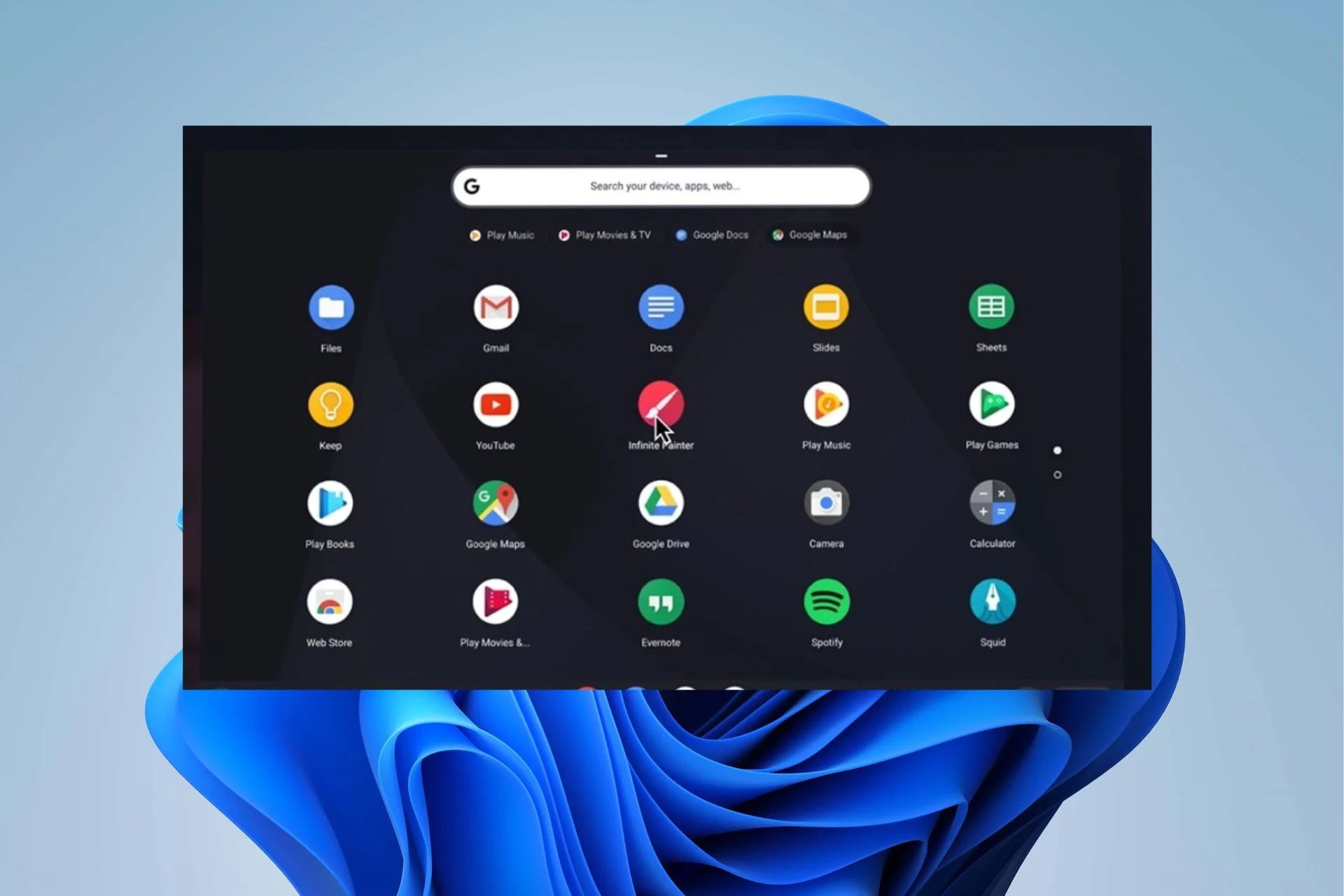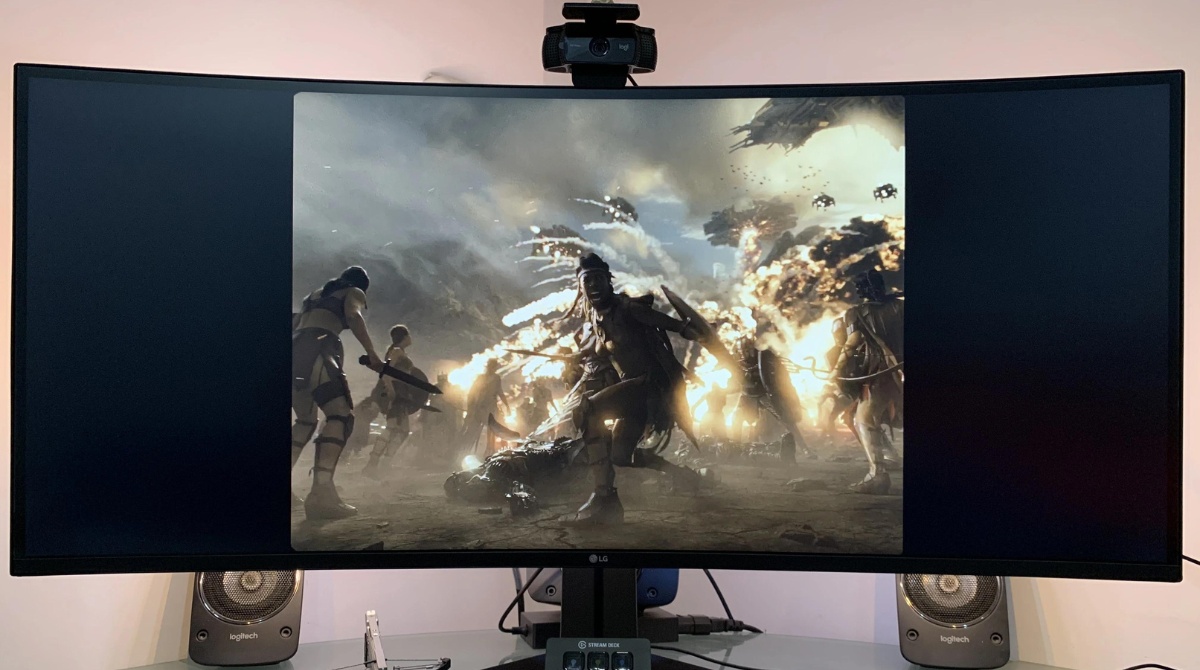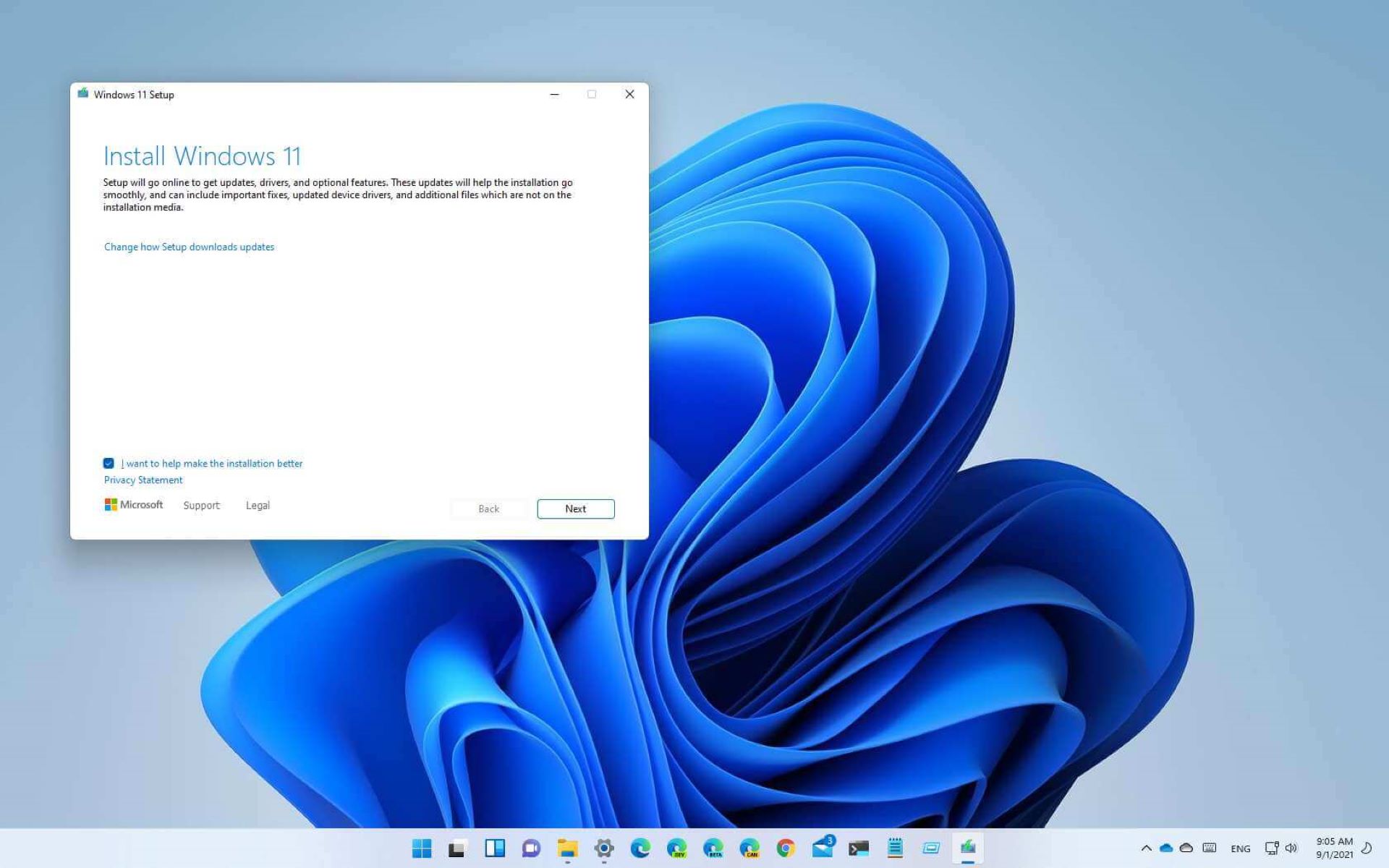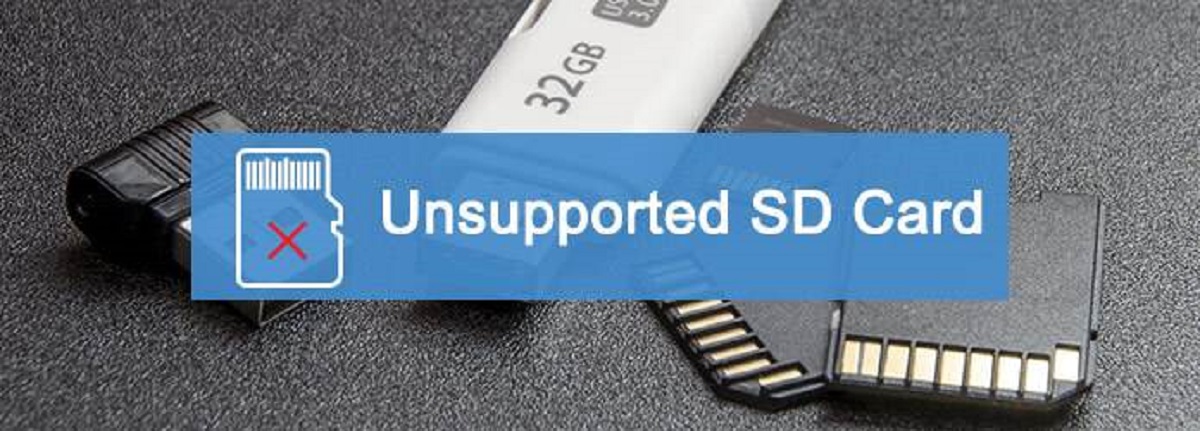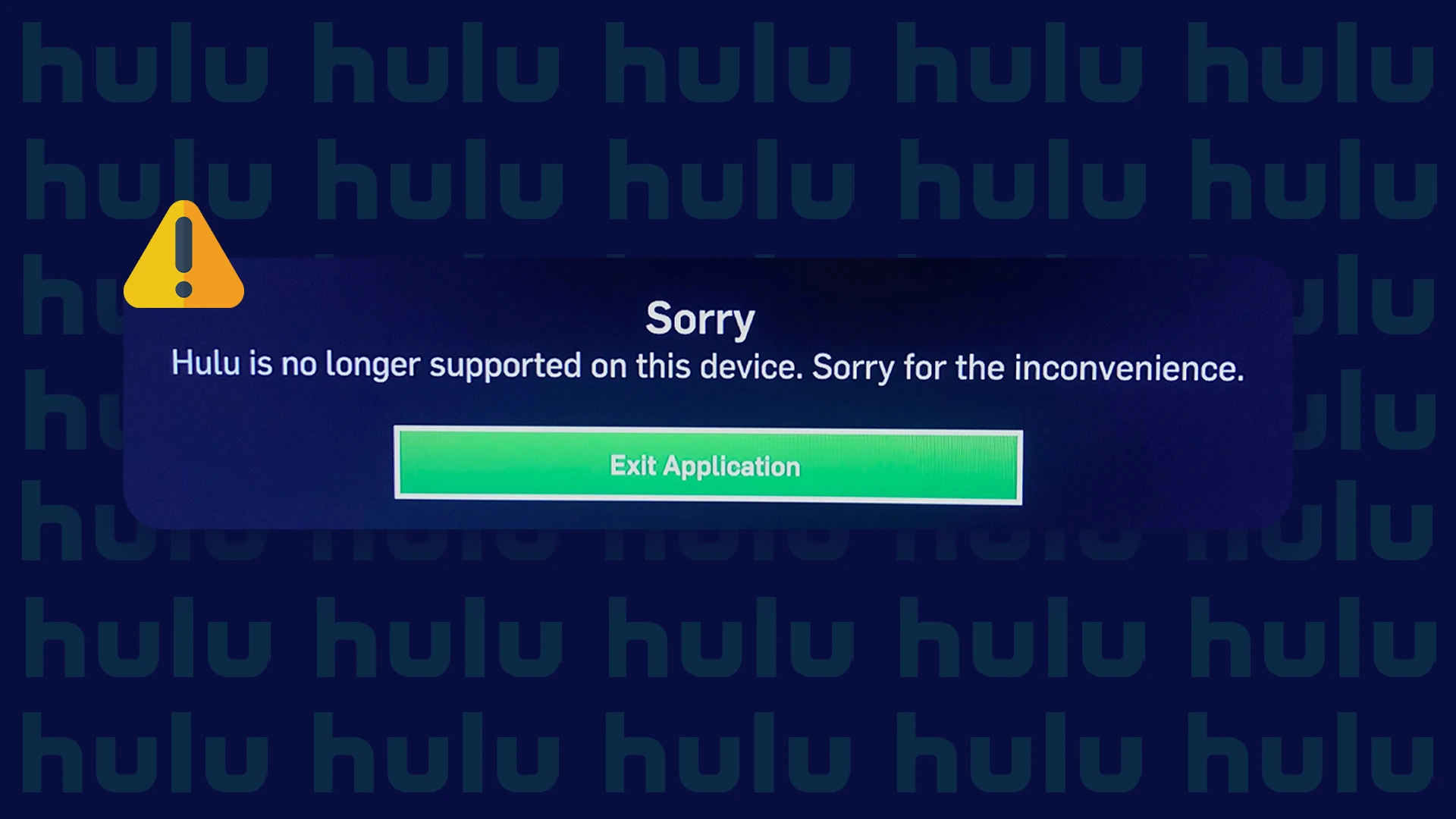Introduction
An unsupported browser can be a frustrating experience for anyone using the internet. Have you ever come across a website that refuses to load or displays an error message stating that your browser is unsupported? It can be incredibly frustrating and leave you wondering what exactly is meant by an unsupported browser.
In simple terms, an unsupported browser refers to a web browser that is not compatible with the website you are trying to access. Website developers and designers often optimize their websites to work seamlessly on certain browsers, which means that if you are using an outdated or less popular browser, you may encounter issues.
In today’s increasingly digital world, where browsing the internet has become an integral part of our daily lives, it’s essential to understand the concept of unsupported browsers and why they can cause problems. In this article, we will delve deeper into what an unsupported browser means, why websites block unsupported browsers, how to identify if your browser is unsupported, the risks of using an unsupported browser, and how you can update or switch to a supported browser for a better online experience.
In following sections, we will explore these topics in more detail:
What is an unsupported browser?
An unsupported browser refers to a web browser that does not meet the technical requirements or standards set by a website or web application. Websites are designed and developed to be compatible with specific browsers, as each browser has its own rendering engine, features, and level of support for web technologies.
When a website states that your browser is unsupported, it means that the website’s developers have not tested or optimized the site to work seamlessly with that particular browser. This can happen for various reasons, such as the browser being outdated, less popular, or lacking support for the latest web standards and technologies.
Browsers like Google Chrome, Mozilla Firefox, Microsoft Edge, and Safari typically have a large user base and frequent updates. These popular browsers are often the primary focus for website compatibility, and developers ensure their websites function correctly on these platforms. However, less popular or discontinued browsers may have limited support or outdated features, leading to compatibility issues when accessing certain websites.
It’s also worth noting that different versions of the same browser can have varying levels of support. Older versions may lack features or security updates, making them more likely to be considered unsupported. It’s essential to keep your browser updated to benefit from the latest enhancements and security patches.
When a website detects an unsupported browser, it may display a warning message or prevent the page from loading altogether. This is done to safeguard the user experience by ensuring that the website functions as intended and takes advantage of modern web technologies.
Next, we will explore why websites block unsupported browsers and the potential risks involved when using an unsupported browser.
Why do websites block unsupported browsers?
Websites block unsupported browsers for several reasons, most of which are related to providing a better user experience and maintaining website security. Here are some key reasons why websites take this approach:
- Compatibility: Websites are designed to work optimally on specific browsers that support the latest web standards and technologies. By blocking unsupported browsers, web developers can ensure that the website functions as intended and provides users with a consistent and reliable experience.
- Design and Layout: Website layouts and designs can vary across different browsers, especially older or less popular ones. Blocking unsupported browsers allows web developers to create visually appealing and consistent designs that are compatible with modern browsers. This ensures that users have a seamless browsing experience without any layout inconsistencies or display errors.
- Performance: Some browsers may lack the performance capabilities necessary to handle certain web technologies or complex website functionalities. By blocking unsupported browsers, websites can maintain optimal performance by leveraging the capabilities of modern browsers and ensuring a smooth user experience.
- Security: Outdated browsers may have security vulnerabilities that can compromise the user’s data or expose them to various online threats. Websites may block unsupported browsers to protect users from potential security risks and encourage them to switch to a more secure browser that receives regular security updates.
- Maintainability: Supporting numerous browsers and their different versions can be a complex and time-consuming task for web developers. By focusing on supporting a select number of modern browsers, websites can allocate their resources more efficiently and ensure that any necessary updates or bug fixes are applied to the supported browsers.
By blocking unsupported browsers, websites aim to provide a better overall user experience, enhance website security, and ensure that users can take full advantage of the latest web technologies and features.
In the next section, we will discuss how users can identify if their browser is unsupported.
How can you tell if your browser is unsupported?
Knowing whether your browser is unsupported is essential for troubleshooting any compatibility issues you might encounter when accessing websites. Here are some indicators that can help you determine if your browser is unsupported:
- Error Messages: When you visit a website that does not support your browser, you may see an error message indicating that your browser is unsupported. This message may suggest upgrading to a supported browser for optimal performance and functionality.
- Website Functionality: If you notice that certain website features or functionalities are not working correctly or are missing while using a specific browser, it could be an indication that your browser is unsupported. Incompatibilities can manifest as broken layouts, distorted visuals, or non-functional interactive elements.
- Lack of Updates: Unsupported browsers are often not regularly updated by their developers. If you frequently encounter issues or are unable to find recent updates for your browser, it could be a sign that it is no longer supported.
- Compatibility Guides: Many websites or application developers provide compatibility guides or system requirements that outline the supported browsers. Checking these guides can help you determine whether your browser is supported or not.
- Browser Pop-ups or Warnings: Some websites may display a pop-up message or warning indicating that your browser is outdated, unsupported, or may negatively impact your browsing experience. Pay attention to these notifications as they can provide valuable information about the compatibility status of your browser.
If you have identified that your browser is unsupported, it is advisable to take necessary steps to update or switch to a supported browser to ensure proper functionality and security while browsing the internet.
In the following section, we will explore the potential risks of using an unsupported browser.
Risks of using an unsupported browser
Using an unsupported browser can expose you to various risks that can compromise your online security and overall browsing experience. Here are some potential risks associated with using an unsupported browser:
- Security Vulnerabilities: Unsupported browsers often lack the necessary security updates and patches. This makes them more vulnerable to potential security breaches, malware, and online threats. Hackers and malicious actors constantly exploit vulnerabilities in outdated browsers to gain unauthorized access to user data or inject harmful code.
- Lack of Compatibility: Unsupported browsers may not be able to render websites correctly or handle modern web technologies and features. This can result in broken layouts, missing functionality, or distorted visuals on websites. As more and more websites utilize advanced web technologies, using an unsupported browser can limit your ability to access and fully utilize certain sites and services.
- Performance Issues: Outdated browsers may suffer from performance issues, causing slower page load times, frequent crashes, or excessive resource usage. This can lead to a frustrating browsing experience and can hinder your productivity while using online applications or services.
- Limited Support: Most browser developers focus their support and resources on maintaining and improving the latest versions of their browsers. Using an unsupported browser means missing out on new features, security enhancements, and bug fixes that are regularly rolled out for supported browsers.
- Compatibility with Web Applications: Many web applications and services, such as online banking platforms or cloud-based productivity tools, require specific browser versions or support only the latest browser technologies. Using an unsupported browser can prevent you from accessing or using these applications, limiting your online capabilities.
- Lack of Customer Support: Unsupported browsers are typically not eligible for customer support from browser vendors. If you encounter any issues while using an unsupported browser, you may not be able to seek assistance or receive timely updates to resolve the problem.
Considering these risks, it is crucial to update or switch to a supported browser for better security, improved compatibility, and an overall enhanced browsing experience. The next section will provide guidance on how to update or switch to a supported browser.
How to update or switch to a supported browser
If you discover that your current browser is unsupported, it is important to update or switch to a supported browser to ensure optimal functionality, security, and compatibility with websites and web applications. Here are some steps to update or switch your browser:
- Check for Updates: If you are using a popular browser like Google Chrome, Mozilla Firefox, Microsoft Edge, or Safari, check for updates within your browser’s settings. Typically, browsers have an automatic update feature that keeps them up to date with the latest version. If updates are available, install them to ensure you have the most recent features and security patches.
- Download and Install a Supported Browser: If your current browser is outdated or unsupported, consider switching to a supported browser. Visit the official websites of popular browsers and download the latest version compatible with your operating system. Some well-known browsers include Google Chrome, Mozilla Firefox, Microsoft Edge, Safari, and Opera. Follow the installation instructions to set up the new browser on your device.
- Import Bookmarks and Settings: When switching to a new browser, you can often import your bookmarks and settings from your old browser. This allows you to retain your browsing history, bookmarks, saved passwords, and other personalized settings. Most browsers offer a built-in import feature or provide instructions on how to transfer your data during the setup process.
- Configure Preferences and Extensions: Once you have installed the new browser, take some time to configure your preferences and customize it to suit your needs. Explore the browser settings and extensions marketplace to enhance your browsing experience and add useful features or tools.
- Set as Default Browser: To ensure that the new browser is used whenever you open links or access web content, set it as the default browser on your device. This can typically be done through the browser’s settings or through your device’s system preferences.
By updating your current browser or switching to a supported one, you can enjoy a safer and more seamless browsing experience while ensuring compatibility with a wider range of websites and web applications.
In the final section, we will provide some tips to avoid issues with unsupported browsers.
Tips to avoid issues with unsupported browsers
While updating or switching to a supported browser is crucial, there are other steps you can take to avoid encountering issues with unsupported browsers. Here are some practical tips to help you navigate the online landscape:
- Keep Your Browser Updated: Regardless of the browser you use, regularly check for updates and install them promptly. Browser updates often include bug fixes, security patches, and performance improvements that can enhance your browsing experience and ensure compatibility with websites.
- Enable Automatic Updates: If available, enable the automatic update feature within your browser’s settings. This ensures that you receive software updates as soon as they are released, reducing the chance of using an outdated or unsupported browser version.
- Use Popular and Supported Browsers: Stick to well-known browsers like Google Chrome, Mozilla Firefox, Microsoft Edge, or Safari, as they have a larger user base and are regularly updated to support the latest web technologies. These browsers also receive more attention from developers, ensuring better compatibility with websites.
- Disable Browser Extensions: Certain browser extensions and add-ons may cause compatibility issues or interfere with website functionality. If you encounter issues while browsing, try disabling or removing any extensions to identify if they are the source of the problem.
- Clear Cache and Cookies: Accumulated cache and cookies can sometimes lead to compatibility issues with websites. Clearing your browser’s cache and cookies periodically can help resolve such issues and ensure that you are accessing the most up-to-date version of websites you visit.
- Regularly Review Website Compatibility: Websites can evolve and update their compatibility requirements over time. If you notice ongoing issues with a particular website, check their official documentation or contact their support team to verify their supported browsers. Alternatively, try accessing the website from a different browser to determine if the issue is browser-specific.
- Utilize Browser Developer Tools: Most modern web browsers offer developer tools that can help identify compatibility issues on specific websites. Use these tools to inspect elements, debug code, and analyze network activity to troubleshoot and solve compatibility-related problems.
By following these tips, you can reduce the risk of encountering issues with unsupported browsers and improve your overall browsing experience. Remember, using a supported browser not only ensures compatibility but also provides enhanced security and access to the latest web technologies.
Conclusion
Understanding the concept of unsupported browsers is crucial for a seamless and secure browsing experience. An unsupported browser refers to a browser that does not meet the requirements or standards set by a website or application. Websites block unsupported browsers to ensure compatibility, maintain design consistency, optimize performance, and prioritize user security.
If you come across a website that states your browser is unsupported, it is advisable to update your current browser or switch to a supported one. Outdated browsers or those with limited support pose several risks, including security vulnerabilities, compatibility issues, and potential performance problems.
To update or switch browsers, check for available updates within your current browser’s settings or download a supported browser from official websites. Import your bookmarks and settings, configure preferences, and set the new browser as the default on your device. These steps will help ensure optimal functionality, enhanced security, and compatibility with a wide range of websites and web applications.
Additionally, it is important to keep your browser updated, enable automatic updates if available, and periodically clear cache and cookies to prevent potential compatibility issues.
By following these recommendations and staying informed about website compatibility, you can navigate the online world with ease, ensuring a better, safer, and more enjoyable browsing experience.










